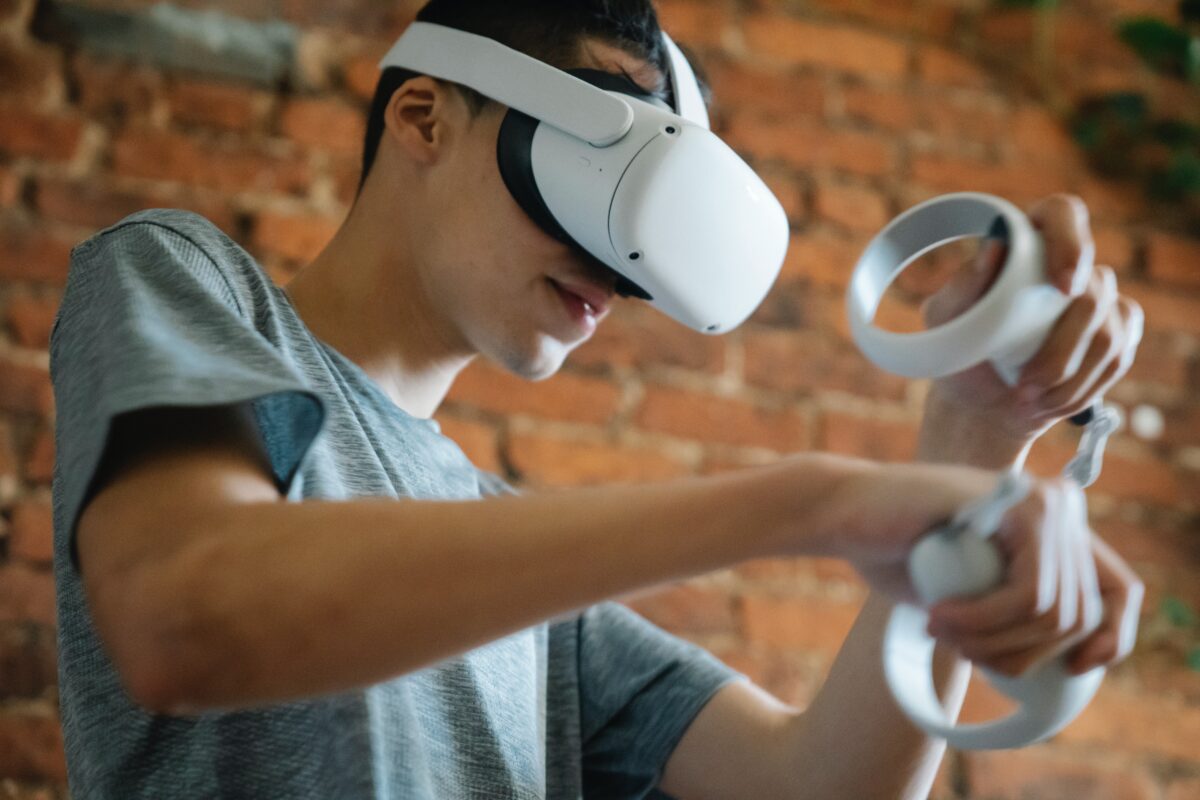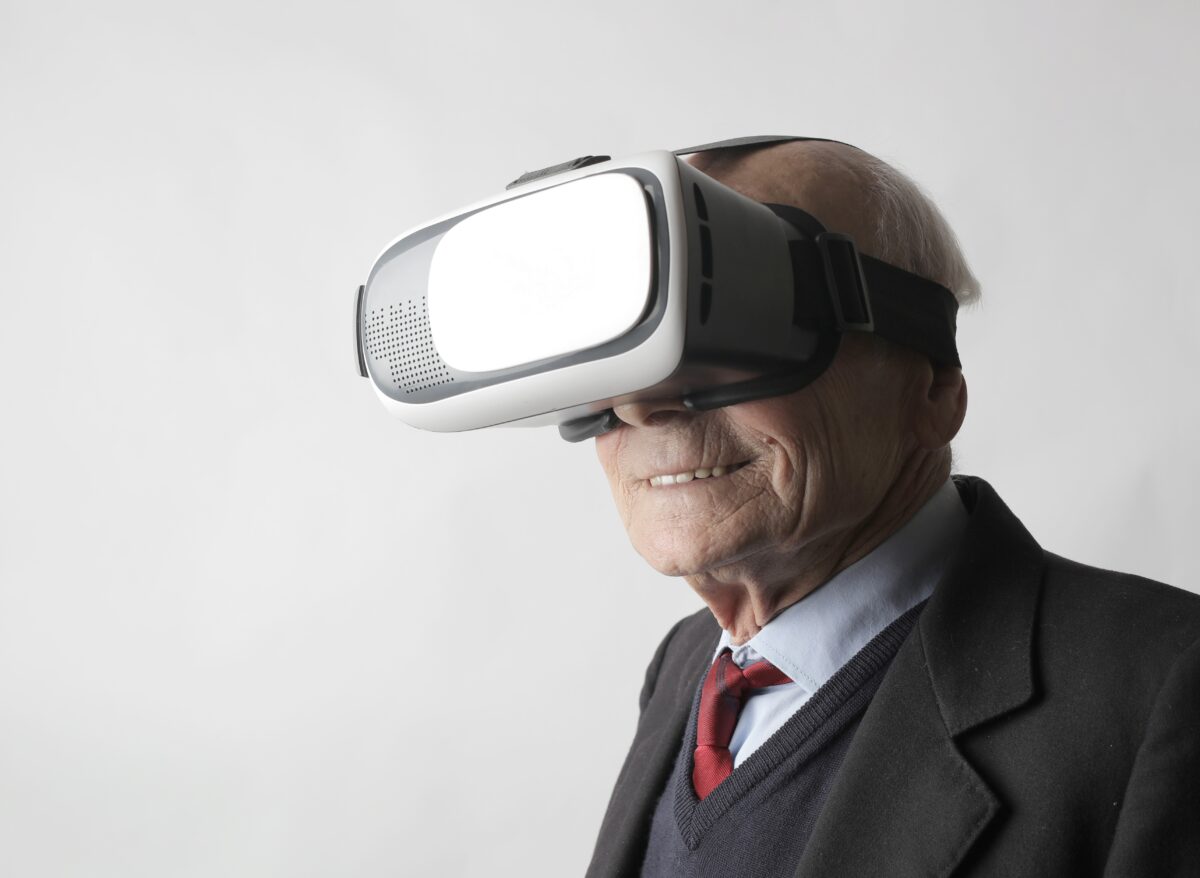Virtual reality therapy has proven to be very helpful in dealing with physical and mental health issues. The VR technology is used for psychological or occupational therapy and also affects virtual rehabilitation. VR therapy works in the way it isolates the users from their surroundings and gives them an illusion of immersion inside a computer-generated and interactive virtual environment.
VR helps patients that are treated for PTSD, helps stroke patients regain muscle control, disorders like body dysmorphia, and improves social skills in those diagnosed with autism.
Virtual reality and occupational therapy
VR in occupation therapy focuses on hand and upper extremity functioning, mental disorders, cognitive rehabilitation, to name a few. Occupational therapy benefits greatly from VR therapy since it allows for more repetitions of limb movements to gain motor improvement efficiently as opposed to traditional therapy sessions. VR occupational therapy treatments help for quicker development of motor skills by implementing engaging treatments, and the possibility of working remotely.
Since VR helps the patient be part of a scenario mentally and physically, they won’t feel frustrated and strained by repeating the same exercise during therapy. A VR game will take the patient’s mind off of the fact that they’ve finished, for example, 10 repetitions of the same movement while achieving a high score. Instead of sitting in a doctor’s office, VR provides immediate feedback with interactive environments, engaging patients and encouraging them to continue their therapy.
Best outcomes of using VR for occupational therapy
Occupational therapy (OT) helps people that are suffering participation and occupational performance limitations by offering a wide range of rehab strategies in different medical and social diagnoses. OT supports and assesses enhancing functional ability and participation through meaningful activities in a person’s lifespan. By using VR, the whole process becomes much easier and patients are more engaged in participating in treatments involving virtual reality technology, instead of traditional approaches.
Engaging
When VR occupational therapy treatments are used on patients with different conditions including autism, PTSD, stroke, and attention deficit hyperactivity disorder, they become active participants and are more engaged than when using traditional approaches. VR has been shown to improve the social skills of young adults diagnosed with autism. Also, for stroke patients, several VR technologies can help bring fine movement control back to various muscle groups.
In a study, participants with autism controlled a virtual avatar in different virtual environments by maneuvering through different social tasks like meeting new people, interviewing, and dealing with arguments. The participants showed improvement by considering the thoughts of other people. Some therapy for stroke patients includes games managed with haptic-feedback controllers that require fine movements, for example, playing piano with a virtual hand.
Encouraging
Not only does VR occupational therapy offer more active participation but also motivates patients to go on with their treatment, by making a fun environment for them. One of the best things about VR is that patients can practice from the comfort of their home, also making it a more comfortable environment thus promoting better engagement and encouragement.
The games take the patients’ minds off of their disability or pain and add a sense of accomplishment when they succeed. This created a more fun way for them to stay motivated during these therapy sessions. These games are customized, for example, rehabbing a body part after an accident, and they can be changed depending on the motor skill that needs training.
Less stressful environment
VR therapy offers a risk-free environment, making it less stressful for the patients. It offers simulation systems and safe activity training for occupational therapy. Today, people comfortably use the internet, their smartphones along with various applications to help them cope with everyday problems, and sometimes even deal with anxiety. For example, for stroke survivors, daily life activities are being studied by using environments like driving rehabilitation and market simulations.
Having the ability to practice with patients without them having to leave home is another major benefit of using VR for OT. This is the least stressful environment for patients since it’s a safe zone where they feel comfortable and free to engage in therapy. For people suffering from PTSD, this therapy allows them to relive their combat situations at different extremes in a safe place while having a therapist guiding them through the process.
In closing
Some of the greatest motives for using VR in occupational therapy are moving the patient away from their diagnosis/disability, enabling participation in rehabilitation, and making the whole process more fun for them. This type of therapy has been used for both adult and pediatric populations, showing great results in dealing with mental disorders. As technology improves, new opportunities are more likely to occur, making it easier for patients to deal with their health issues.

